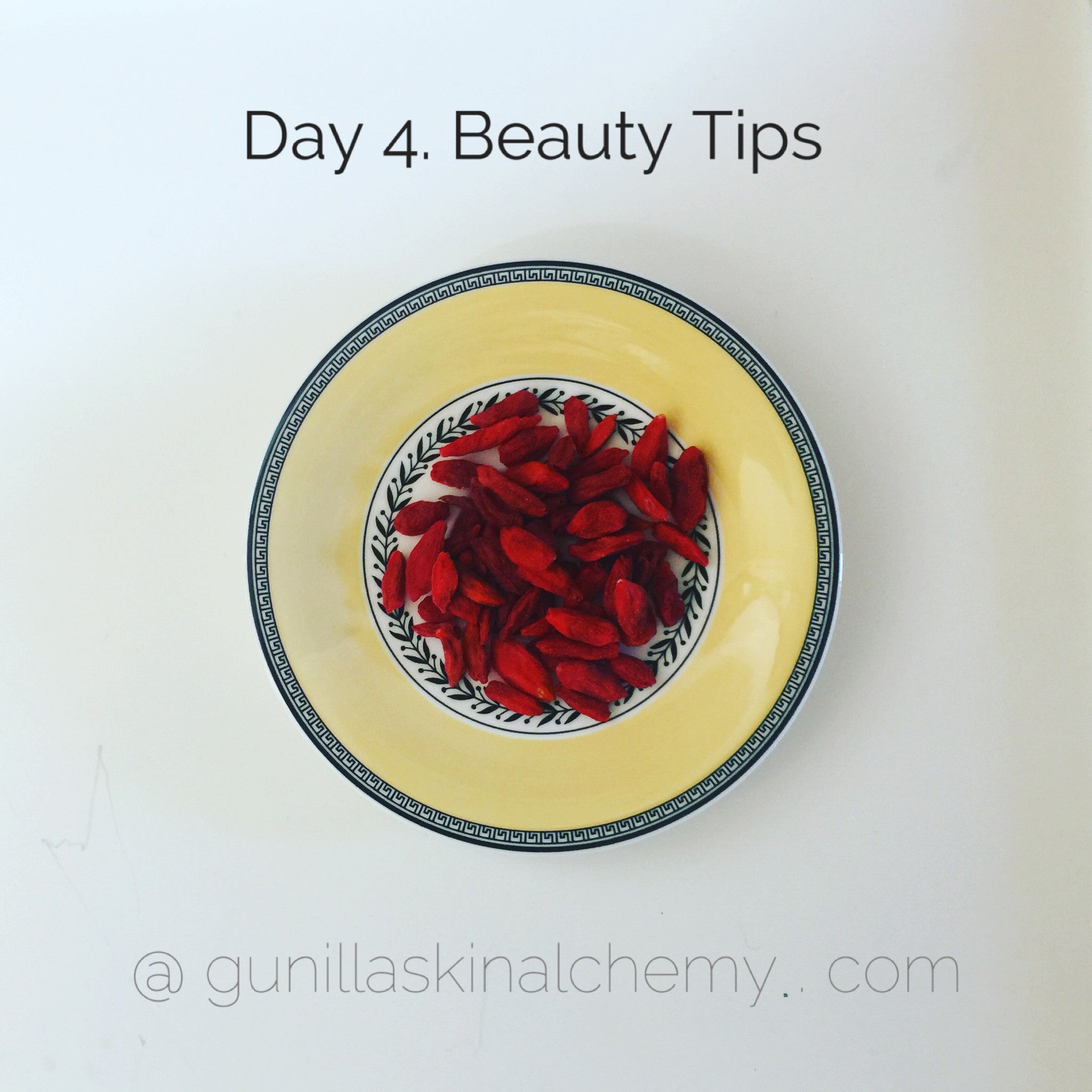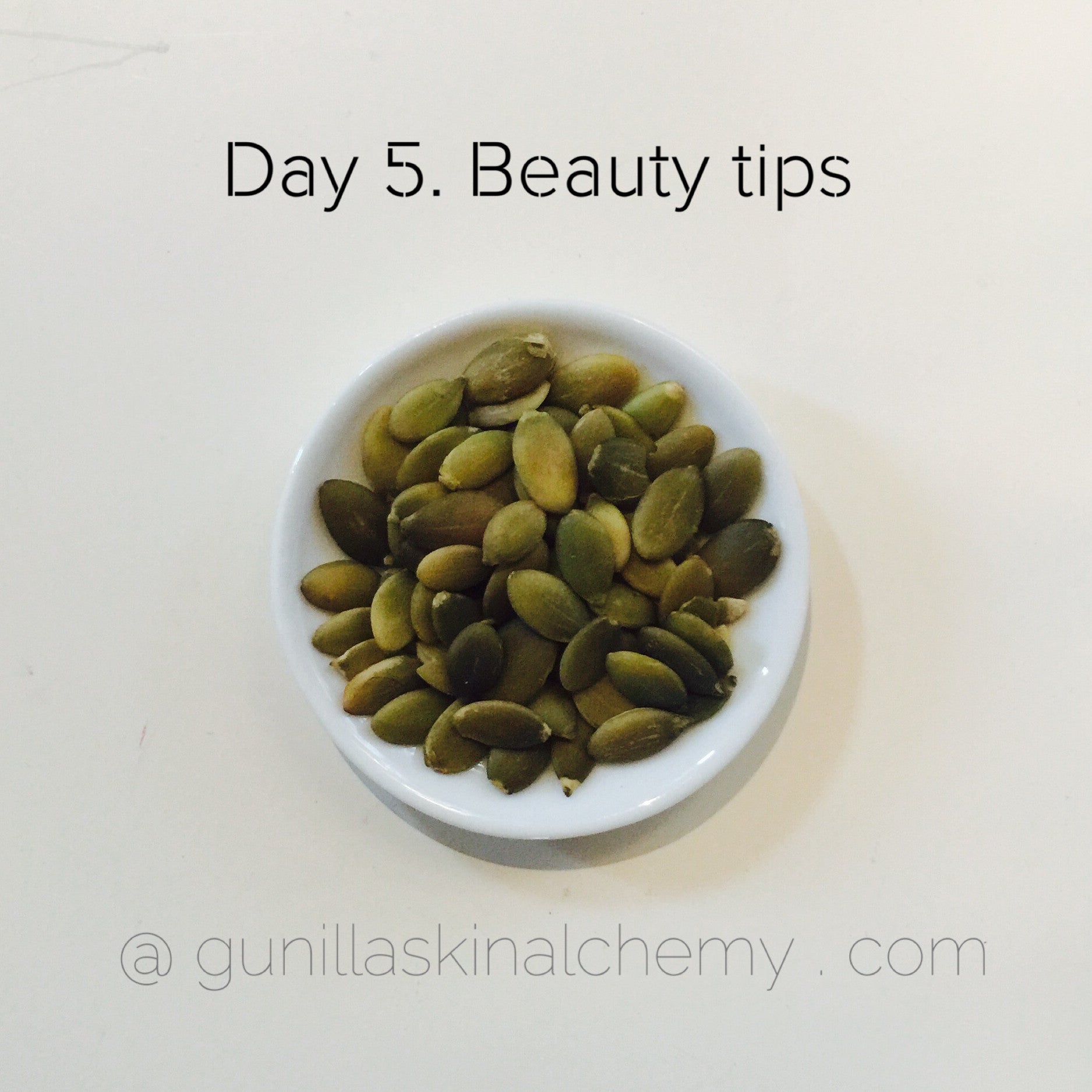Skin Discoloration & Pigmentation Q&A Series
Q: I notice that I am getting more and more skin discoloration. What causes this and what can I do about it?
A: Skin discoloration due to sun exposure, hormones or simply aging is an issue that concerns many people.
A: Skin discoloration due to sun exposure, hormones or simply aging is an issue that concerns many people.
First, it is important to understand about skin pigmentation; what causes it and how it can best be treated without causing harm to the body. In our epidermis we have something called melanocytes, which is our skin’s natural sun protection. Melanocytes decrease as we age; therefore early and continued use of sun protection is a key element to protect the skin against sun-induced pigmentation.
Secondly, about 40% of pigment problems occur in the dermis, which cannot be reached by exfoliants alone so other treatment options are necessary. Lastly, pigmentation is actually excessive waste product formation that collects in spots as “glue” that has not been cleaned out via the lymph so this accumulation of waste products needs to be flushed out of the system.
A common way to treat pigmentation problems is through the use of exfoliants such as hydroquinone (banned in many countries) and retinoids, which may be effective in the short term but pose health risks such as suppressed immune system, skin inflammation and increased sensitivity to the sun. This approach also creates a substantial risk for hyper-pigmentation rebound causing the original problem to get worse.
A safer and more natural route to treat skin discoloration and inhibit melanin production is to apply licorice extract solution or take it internally for an overall lightening effect of the skin. Mulberry extract, kojic acid from mushrooms, and Arbutin (bearberry extract), are all non-toxic alternatives that can be found in skin lightening creams. Other remedies to be taken internally are, GSM (grapefruit seed extract) and MSM, organic sulfur that is a naturally occurring compound in the body; both work as detoxifying agents to eliminate waste product and repair damaged cells. Also, invest in a good chemical free, broad-spectrum sun block that protects against both UVA and UVB rays and wear it even when is it is overcast outside in order to protect the skin against free radicals.
Finally, safe non-invasive treatments to treat hyper-pigmentation, melasma and sun spots are microdermabrasion to treat pigmentation in the epidermis and ultra-sound to literally shake up the pigment and purge it from the body.
Do stay away from chemical or acid peels as they may eventually cause more damage to the skin. It is important to build up the health of the skin, not tear it down!


Leave a comment
This site is protected by hCaptcha and the hCaptcha Privacy Policy and Terms of Service apply.